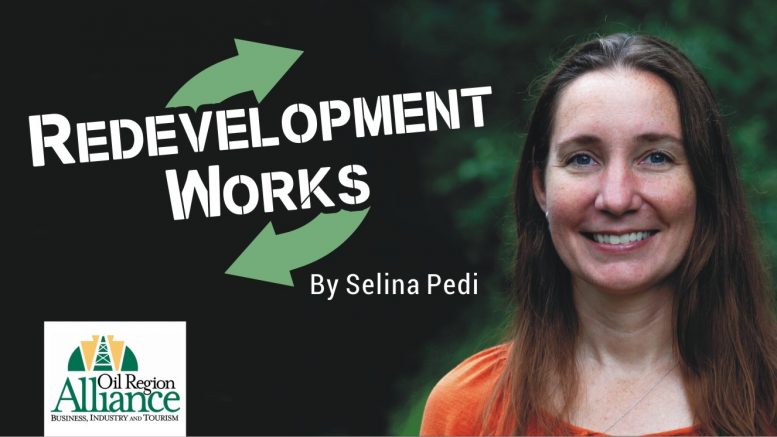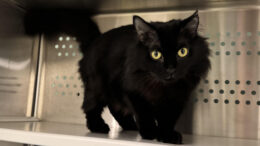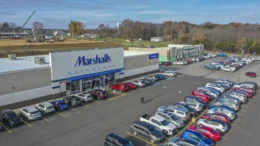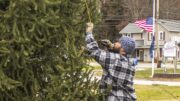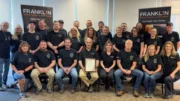One of the greatest joys of traveling is seeing how other people do things, how challenges are identified and overcome, how resources are shared and utilized, and what sorts of impacts actions have in differing places. I was in Chicago last week, which certainly has its fair share of challenges. It also has one particular resource similar to something we enjoy here in Northwestern Pennsylvania – a river that was once a commercial artery, saw intense degradation in the 19th and 20th centuries, and now is being re-envisioned as a point of beauty, health, and pride.
Located on the North Branch Canal of the Chicago River, a one-mile manmade channel constructed during heavy industrial use, the “Wild Mile” project is seen as an opportunity to bring life, beauty, and joy back into the historic industrial core of Chicago. The Wild Mile is envisioned as the world’s first mile-long floating eco-park, where much of the amenity is out on the water itself. Kayak launches and swimming pads are part of the plan, but there will also be unique floating islands to provide sorely needed wildlife habitat to an area that was once largely purged of all natural life. Smaller islands will hold a selection of native species and provide fish and turtle habitat, while a larger island will become a floating wetland, perfect for birds and unique vegetation.
Key to the Wild Mile plan is the interaction between people and the space. Planners understood that it is not enough to create a pretty area and then tell people to just look at it. From the shoreline to the water itself, engagement and interaction are built into the design. More traditional viewing platforms and shoreline boardwalks are available for those who want to get close but not in the water, but those who want to get wet will have unique opportunities to get up close and personal with the new environment. Kayakers will have perhaps the best views, as they are able to weave through the new islands and enjoy concerts in the shoreline amphitheater from the water.
The Wild Mile hasn’t been constructed yet, so, of course, this is all theoretical benefit, but I look forward to visiting Chicago in the future and seeing how the project is progressing. Downtown Chicago does certainly seem to be embracing a new paradigm, as I saw a plethora of rooftop gardens as well as parks tucked into every available space within and around the commercial core. These smaller, yet more accessible spaces complement the massive public works projects created earlier in the city’s history, such as the 319-acre Grant Park on the shores of Lake Michigan, and more recent grand-scale projects such as the Chicago Riverwalk, blending a love of nature and culture into the area’s commercial and industrial history, creating a unique city identity.
The next time you’re visiting another city or town, have a look around to see how the locals have responded to their challenges and opportunities, and think about what you might like to see at home!
Selina Pedi is the Oil Region Alliance redevelopment manager. She can be reached by email at spedi@oilregion.org.

